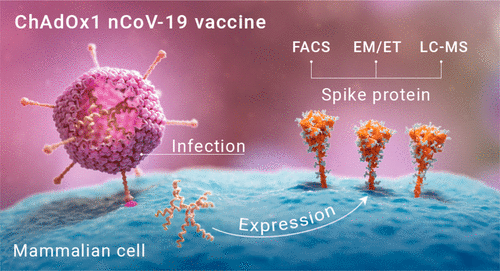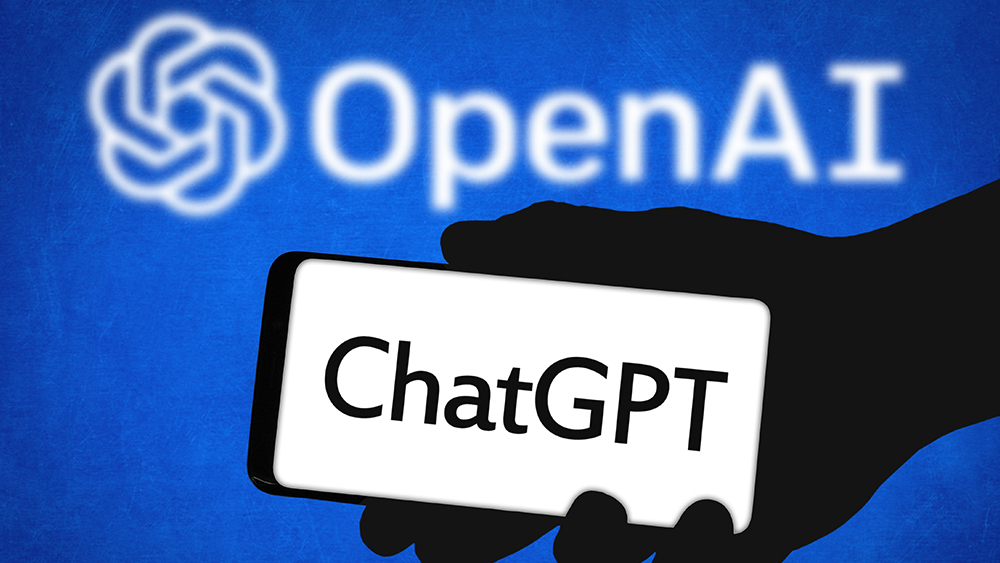At the forefront of artificial intelligence research, Japanese scientists have developed Stable Diffusion AI, a groundbreaking approach to understanding brain function. This revolutionary technique offers a new way to model complex systems and has the potential to unlock new insights into the workings of the human brain.
What is Stable Diffusion AI?
Stable Diffusion AI is a machine learning algorithm that can analyze complex networks and systems, such as the human brain. The algorithm is based on the diffusion process, which models how particles move and spread throughout a system over time. By applying this technique to the study of brain function, scientists can gain a deeper understanding of how different regions of the brain interact and how information is processed.
How Does Stable Diffusion AI Work?
Stable Diffusion AI uses a mathematical model to simulate the behavior of particles in a system, such as neurons in the brain. By analyzing how these particles move and interact with one another, the algorithm can create a detailed map of the system and how it functions. This information can then be used to develop new treatments for neurological disorders or to improve our understanding of brain function.
Applications of Stable Diffusion AI
Stable Diffusion AI has numerous potential applications in the field of brain function research. For example, it could be used to:
- Understand how different regions of the brain communicate with each other
- Develop new treatments for neurological disorders such as Alzheimer’s or Parkinson’s disease
- Improve our understanding of the relationship between brain function and behavior
- Develop new technologies to interface with the brain, such as brain-computer interfaces or prosthetic limbs.
Conclusion
Stable Diffusion AI represents a major breakthrough in the field of brain function research. By offering a new way to model complex systems, it has the potential to unlock new insights into the workings of the human brain. As research in this field continues to advance, we can expect to see new discoveries and breakthroughs that could transform our understanding of brain function and lead to new treatments for neurological disorders.










